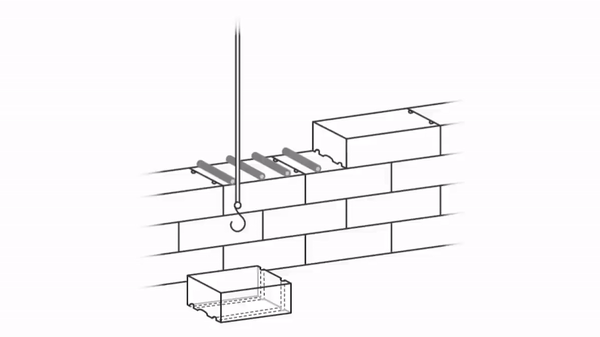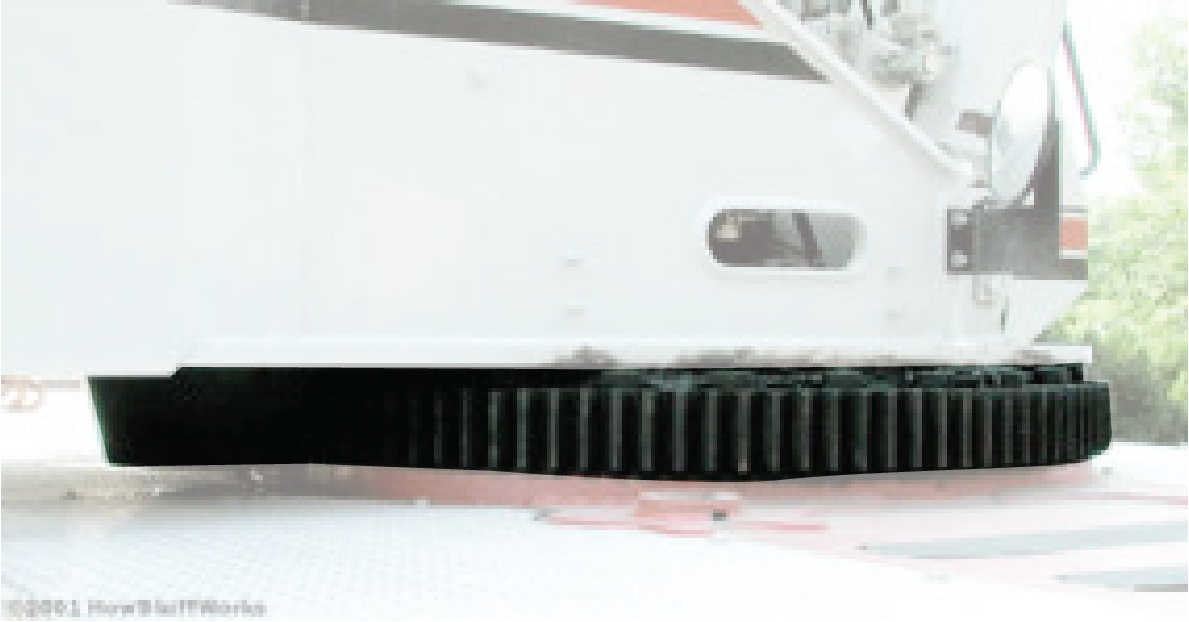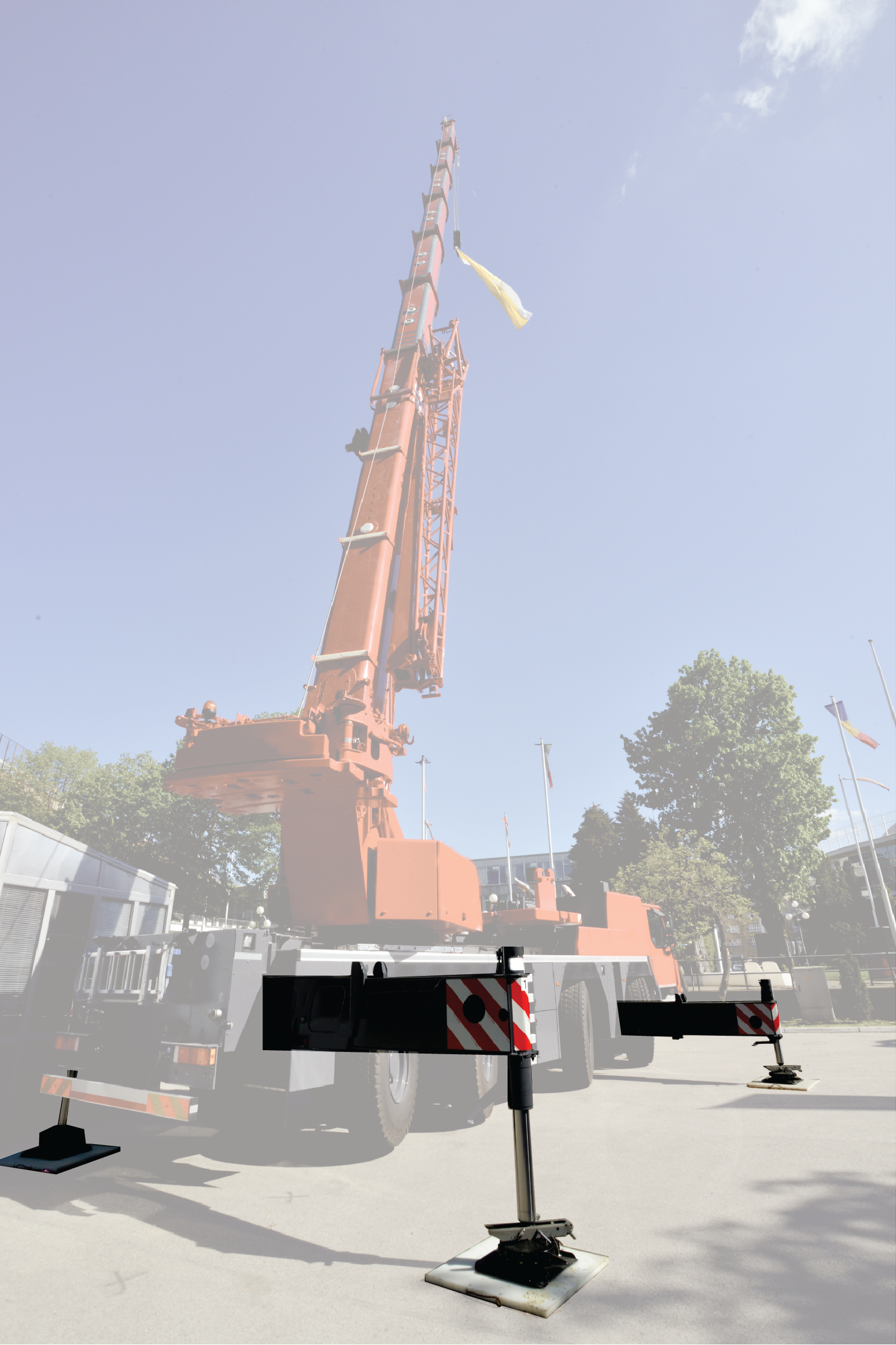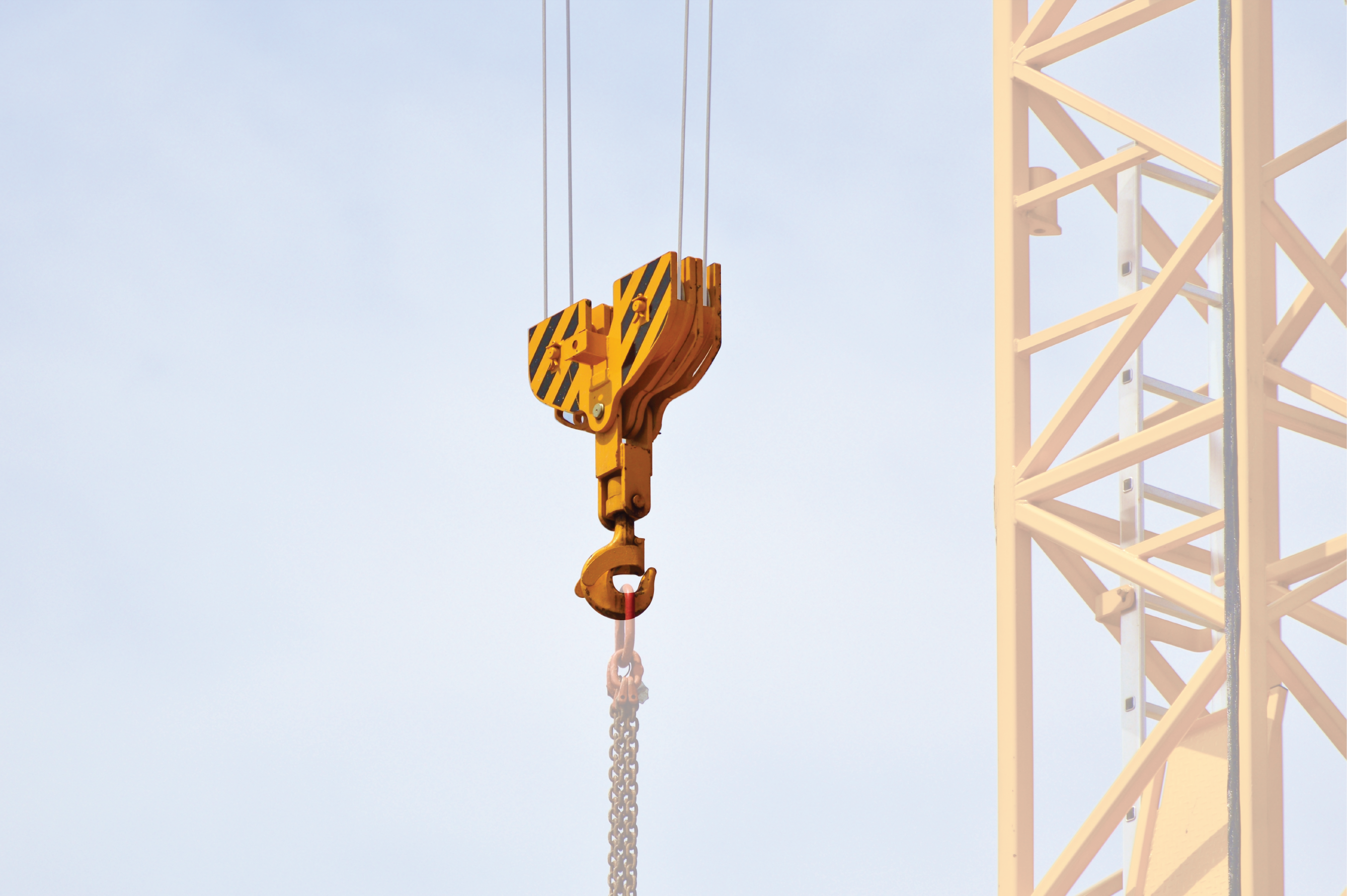The Parthenon is one of the most celebrated temples from Ancient Greece. It is one of the structures that could be said to have millimeter accuracy by having maintained the proportion 4:9 in its plan and elevation, in the facades, in the relationship of the height to width, and in the flanks. As archaeologists have found and concluded, distinct markings and holes were present in the heavy slabs of stones because they were lifted with a lifting device. Yes, the temple to Athena would not have been built without the invention of the Ancient Greeks’ crane. By late 6th Century BC, Greeks have improved their cranes by adding the winch and pulley to help them in lifting heavier loads.

By Olivia Rotolo, University of Notre Dame
With the human civilization’s growth and development, the crane is now made of iron, its cable steel, and its pulley system is now more complex than before. The crane is now used in different industries, and different types of cranes have been invented to fit the type of work.
Here are the main parts of a crane:
Boom
The boom is the long arm-like component of a crane. Its main use is to lift, move, and position the load.

The Rotary Gear
Installed beneath the cab, it helps the crane rotate clockwise or counterclockwise.

Picture by Kevin Bonsor, How Stuff Works
Counterweights
As the name suggests, it helps the crane counter the load’s weight to prevent itself from capsizing.

Outriggers
An outrigger is composed of an extendable beam and a pad placed directly on stable ground. It increases a crane’s stability by distributing the load’s weight on a larger area.

Steel Cable
The steel cable lifts the load. Nowadays, these cables are reinforced to resist corrosion, absorb movement, and withstand high pressure.

Hook
The hook is where the load is attached for it to be lifted. It comes with a safety latch to prevent the load from detaching.

There are different types of cranes depending on the type of work. Some of the most common types of cranes are tower cranes, overhead cranes, gantry cranes, jib cranes and mobile cranes. Each crane has specific characteristics and specific uses, but they are all very useful and important in different industries especially in the construction industry. Whether it is building bridges, roads, or other building structures, there is a specific crane that can complete specific tasks.
While cranes are convenient and efficient in lifting and moving loads, accidents still occur. Responding to such occasions is best dealt with precautionary measures by having the heavy equipment tested before use. People360 is accredited by the Department of Labor and Employment to test and give certifications on heavy equipment. Expect the fastest and highest quality of service at competitive pricing. Check our services here.
For more information on the different types of cranes, be sure to stay tuned and updated for more of our articles to be uploaded soon!
References
- Barletta, Barbara A. "The Architecture and Architects of the Classical Parthenon." Hurwit, Jeffery, et al. The Parthenon: From Antiquity to the Present. Ed. Jenifer Neils. Cambridge University Press, 2005. 67-80. Book. 16 February 2021. <https://books.google.com.ph/books?id=gA81kINAI9cC&source=gbs_navlinks_s>.
- Bonsor, Kevin. How Do Hydraulic Cranes Work. 12 July 2001. Article. 22 February 2021. <https://science.howstuffworks.com/transport/engines-equipment/hydraulic-crane2.htm>.
- Daley, Jason. The Ancient Greeks Used Machines to Lift Stones 150 Years Earlier Than Previously Believed. 29 August 2019. 8 February 2021. <https://www.smithsonianmag.com/smart-news/ancient-greeks-were-using-machines-lift-stones-150-years-earlier-previously-believed-180973017/>.
- DOZR Hub. 4 June 2020. 4 February 2021. <https://dozr.com/blog/cranes/>.
- Gruas y Aparejos. Crane and Machinery. n.d. 5 February 2021. <https://www.gruasyaparejos.com/en/construction-crane/ancient-crane/>.
- New World Encyclopedia. Crane (Machine). n.d. 6 February 2021. <https://www.newworldencyclopedia.org/entry/Crane_(machine)>.
- Zitzman, Lior. 11 Crane Safety Tips to Prevent Accidents. 19 October 2020. 4 February 2021. <https://www.bigrentz.com/blog/crane-safety-tips>.
Other Pictures
- Pexels. n.d. February 2021. <https://www.pexels.com/>.

